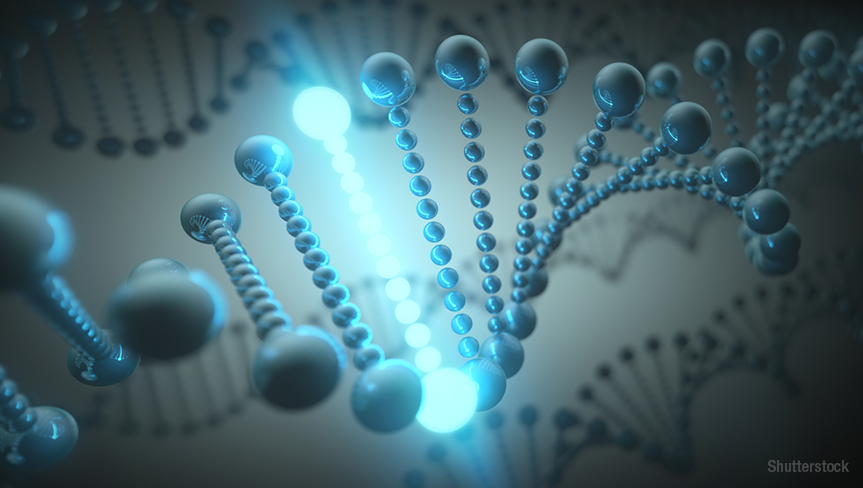4th October 2016
The discovery of DNA
A person’s DNA, short for deoxyribonucleic acid, is a molecule that functions as a storehouse of genetic information. The discovery of DNA was a major breakthrough in medical science. While Watson and Crick gave the actual structure of the molecule, the credit of its discovery and identification goes to Friedrich Miescher.

